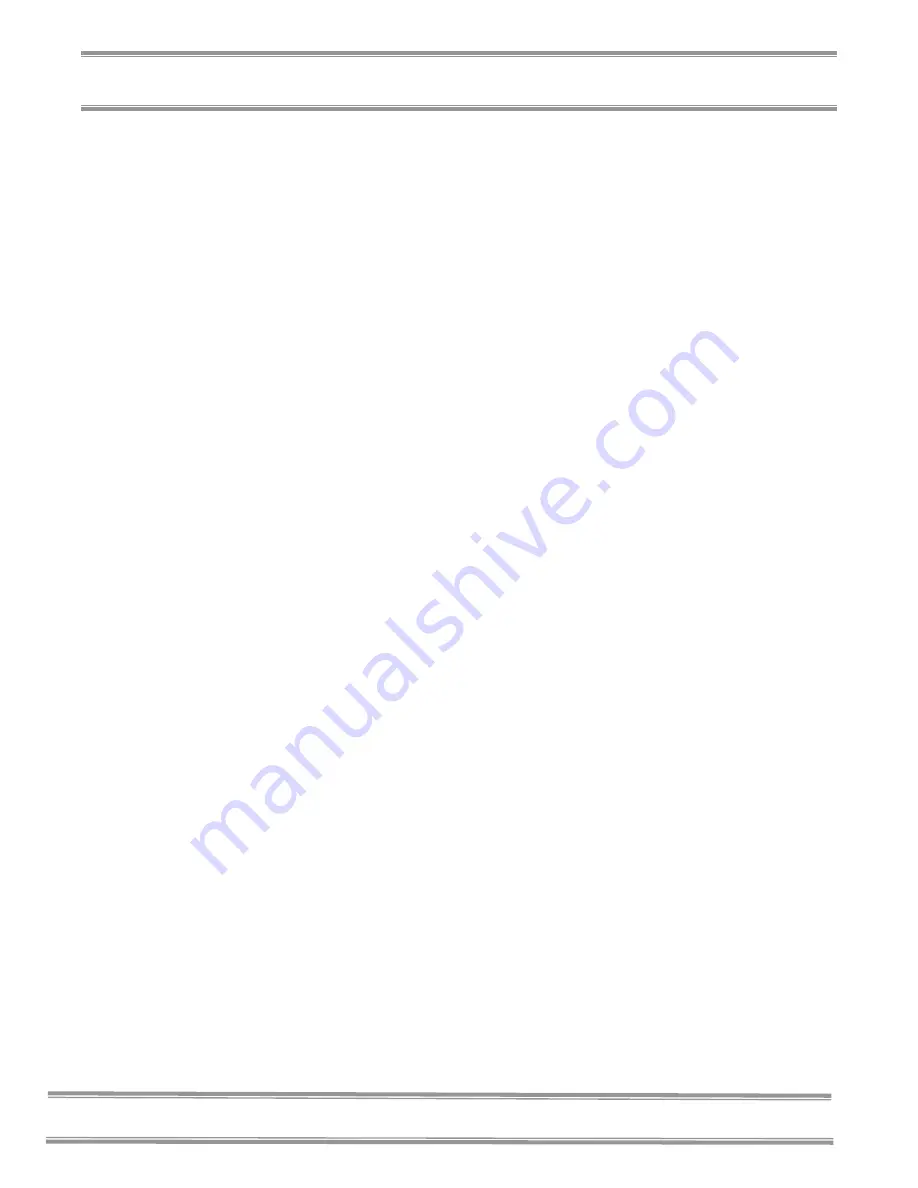
35
Chapter 5: Using Your Filtered Enclosure and Appropriate Application
THOSE USED AS GUIDELINES FOR THIS
PRODUCT. IT IS THE USER’S
RESPONSIBILITY TO BECOME AWARE OF
LOCAL REGULATIONS GOVERNING THE
SAFE USE AND DISPOSAL OF CHEMICALS,
CARBON AND HEPA FILTERS. KNOWLEDGE
OF ESTABLISHED SAFE EXPOSURE LEVELS
IS IMPERATIVE TO THE PROPER USE OF
FILTERED ENCLOSURES.
Definition of Terms
NIOSH
– National Institute for Occupational Safety and
Health/Mine Safety and Health Administration. (U.S.A.)
TWA
– Recommended Exposure Limits expressed as a Time
Weighted Average. The exposure limit for that chemical for up to
a 10-hour workday, 40 hours a week. Expressed in units of parts
per million or milligrams per cubic meter.
Odor Threshold
– The value in parts per million or milligrams per
cubic meter for which one might expect to smell a chemical’s
presence in the air. This value is very subjective and detection will
vary with the sensitivity of one’s nose. The period of time until the
odor threshold is reached in the exhaust stream can be estimated
from Labconco exclusive computerized filter modeling program.
Contact Labconco on carbon filter life for specific applications.
See Chapter 6.
Saturation Level or Time
– There is a limit to the amount of
chemical that can be adsorbed by activated carbon, or neutralized
by chemically-treated carbon. Once the capacity of the carbon is
reached, it is considered to be saturated and will adsorb (or
neutralize) no further material; the outlet concentration of the
chemical will equal the inlet concentration from that point until the
filter is replaced. (Note that the capacity of activated carbon is not
a constant, but varies with the inlet concentration). Labconco
Technical specialists can determine with the computerized carbon-
modeling program the estimated time saturation for a particular
chemical. When using a HEPA filter alone in all filtered
enclosures or in combination with an Odor Control carbon filter,
the speed control will need to be increased to allow for HEPA filter
loading. Measure filtered enclosure face velocity with an
anemometer.
Summary of Contents for 3980200
Page 2: ......
Page 13: ...8 Chapter 2 Prerequisites ...
Page 17: ...12 Chapter 3 Getting Started Figure 3 1 Filtered Enclosure Installation ...
Page 67: ...62 Chapter 7 Accessorizing and Modifying Your Filtered Enclosure ...
Page 82: ...77 Appendix C Filtered Enclosure Specifications C 1 ...
Page 83: ...78 Appendix C Filtered Enclosure Specifications C 2 ...
Page 84: ...79 Appendix C Filtered Enclosure Specifications C 3 ...
Page 85: ...80 Appendix C Filtered Enclosure Specifications C 4 ...
Page 92: ...87 ...
Page 93: ......
















































